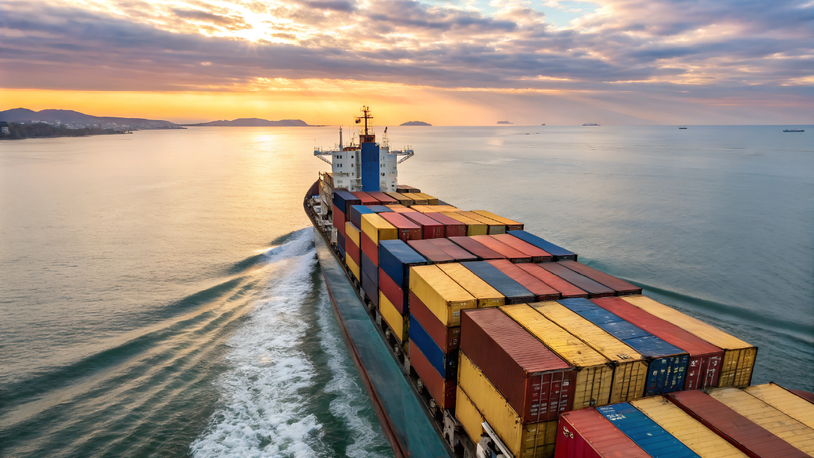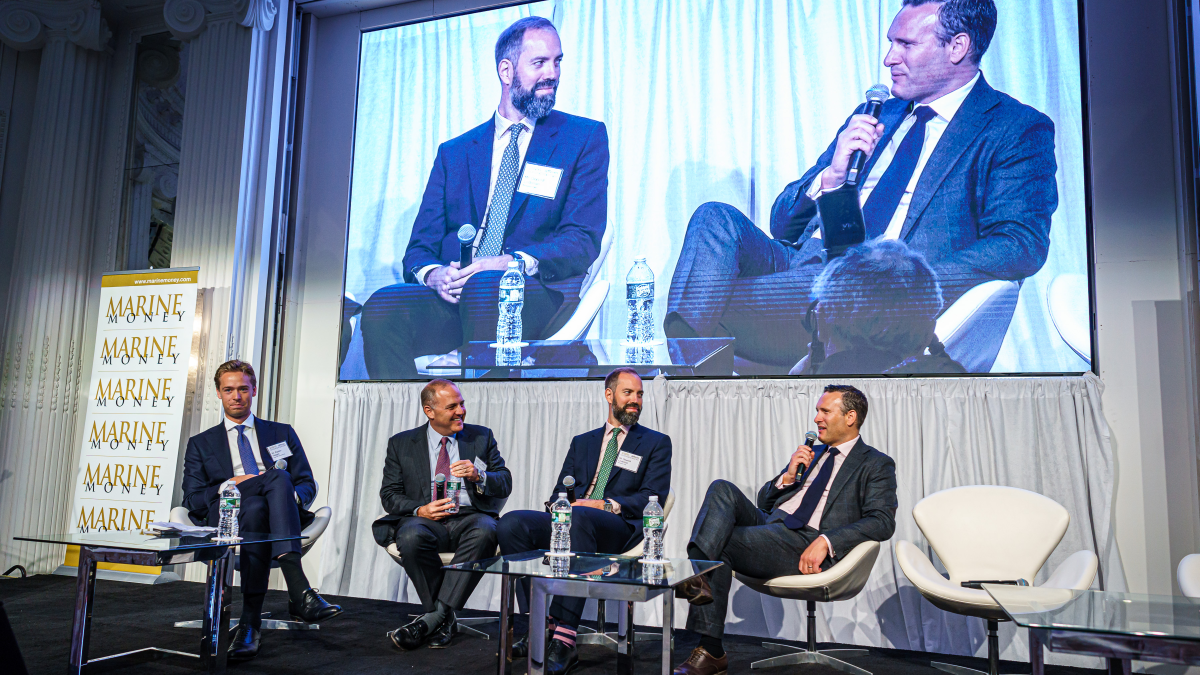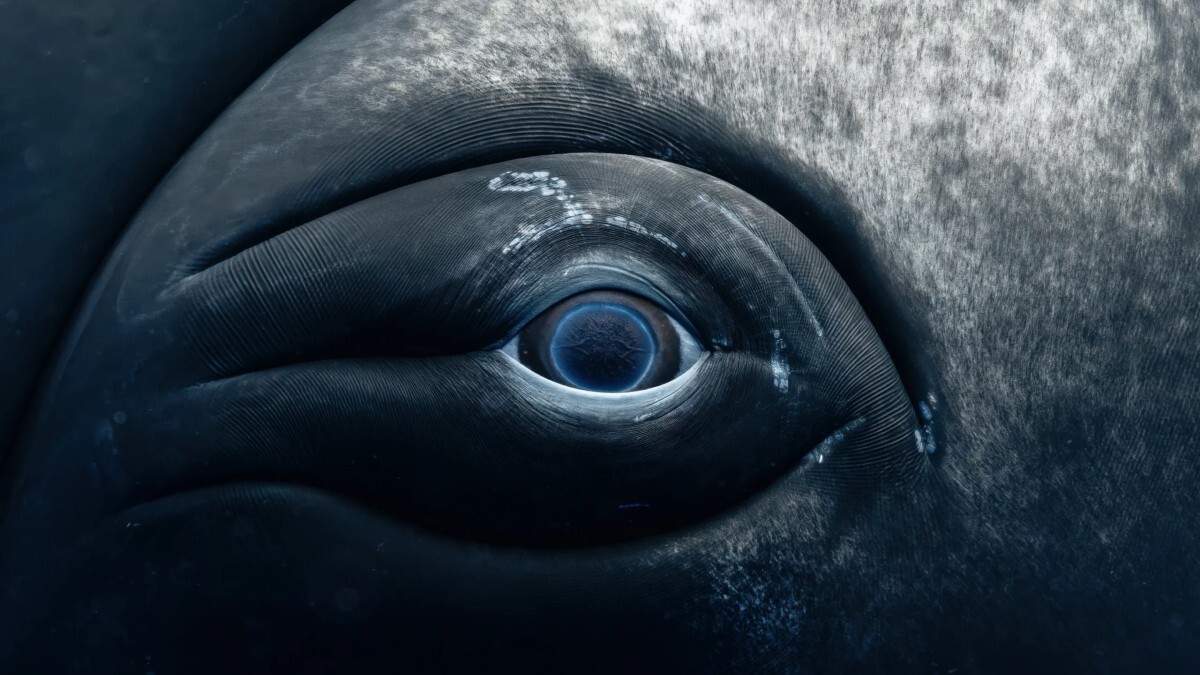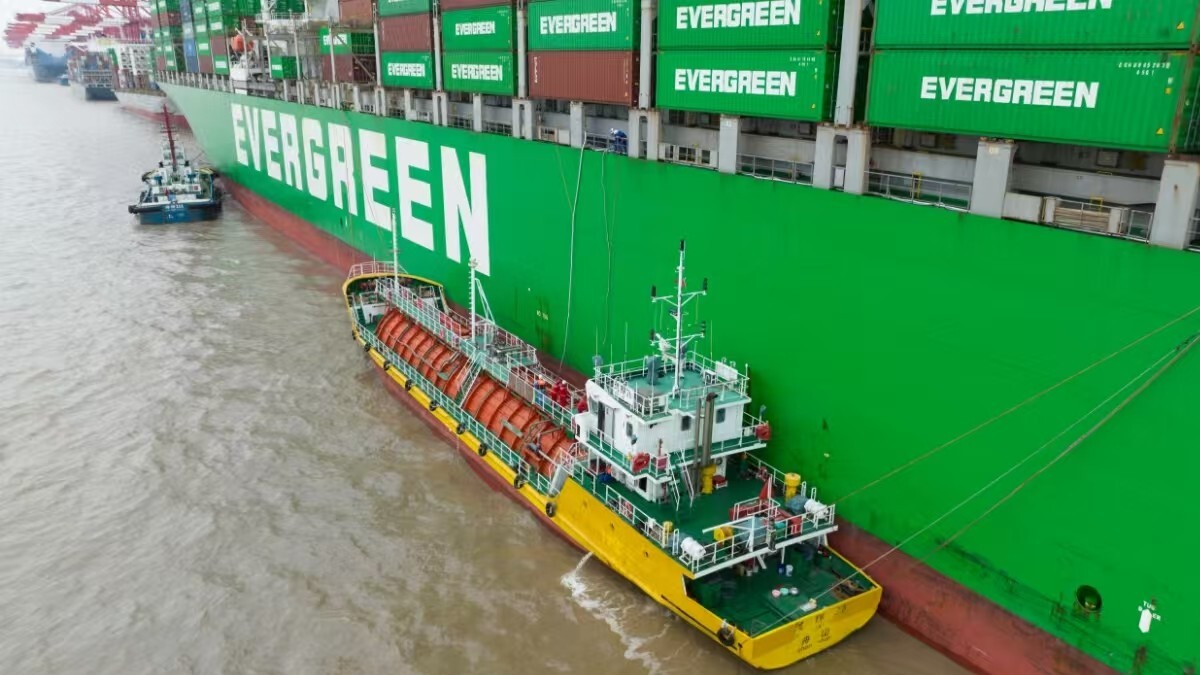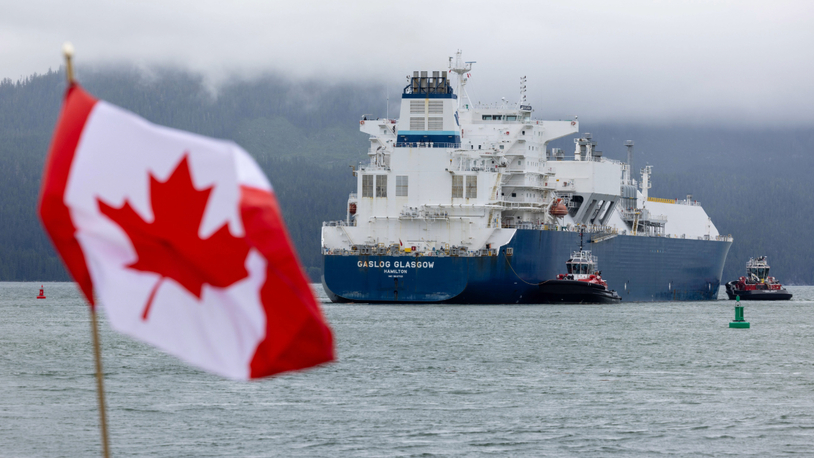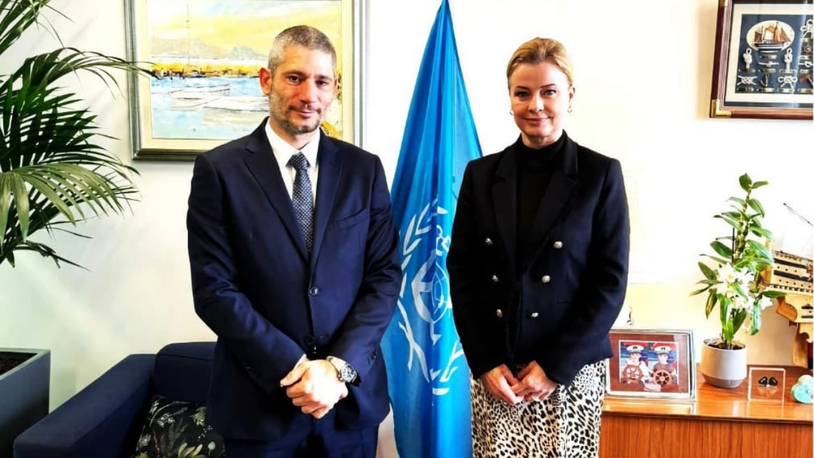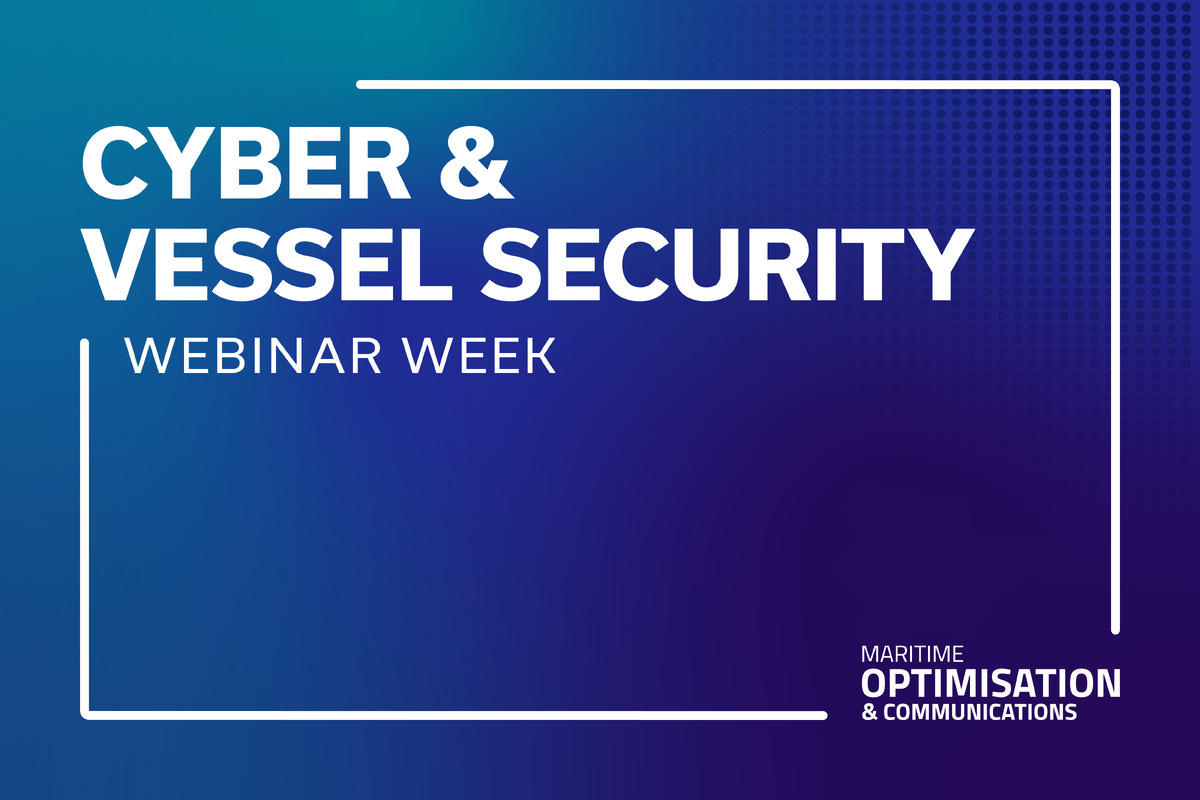Business Sectors
Events
Shuttle Tanker Webinar Week 2025
Contents
Register to read more articles.
Despite looming VLGC newbuild deliveries, shipowners bullish on LPG outlook
The Russia-Ukraine war has created new energy market dynamics, and LPG shipping executives are upbeat on future demand, despite the large influx of VLGC newbuilds in 2023
A powerhouse panel of shipping executives from the LPG sector painted a positive picture during a panel discussion at Marine Money Week 2022 in New York in June. The rosy outlook came despite the volatility created by the Russia-Ukraine war and the large number of newbuilds that will join the fleet next year.
Moderated by Fearnleys Securities equity research analyst Øystein Vaagen, the panel discussion, titled, ‘LPG – A steadily growing market that has recently been supercharged’, explored the current state of the LPG shipping market and the outlook for demand. Participating in the panel were Dorian LPG CFO Ted Young, Navigator Gas chief commercial officer Oeyvind Lindeman and Avance Gas executive chairman Øystein Kalleklev.
The Russia-Ukraine war and the geopolitical tensions surrounding it have injected uncertainty into the global energy market, and LPG is no different.
When reporting its Q1 2022 results, Dorian LPG said the conflict between Russia and Ukraine drove up the price of Brent crude oil, on average, US$123 per metric tonne in March 2022. Subsequently, all product prices (propane, butane and naphtha) also increased. However, the price of propane and butane compared to crude oil fell both East and West within Q1 2022 from Q4 2021.
“If you can avoid burning low-sulphur fuel, it is a big competitive advantage”
Mr Young told delegates one result of the war was demand for shipborne LPG cargoes into northwestern Europe. At the time of the conference, he described the US Gulf to Flushing as the “shining star” of trade routes, with charter rates of US$50,000 per day as compared with about US$35,000 on others. “Part of that is the need for LPG in northwestern Europe, but also a big part of the LPG trade is the petrochemical trade,” he said, noting naptha was a “big driver of rates”. Mr Young said he was “cautiously optimistic as to how that might affect trade”.
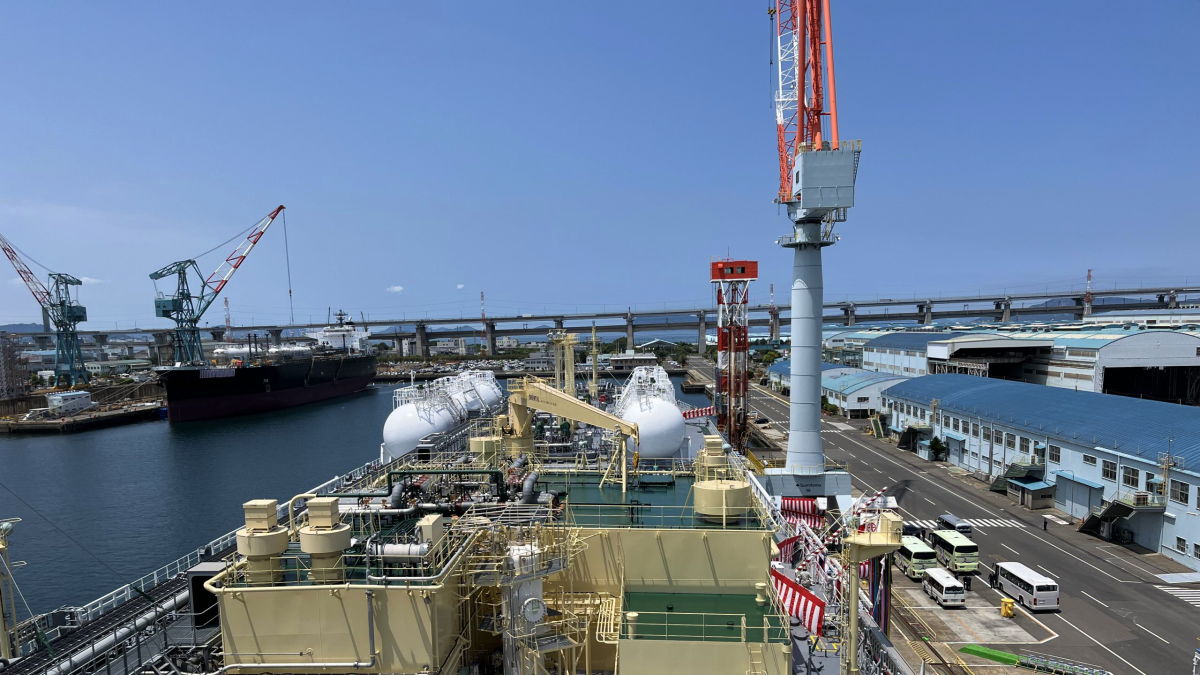
Scrubber and dual-fuel economics
Scrubber and LPG dual-fuel engine technology have also tipped the economics in favour of shipowners, noted Mr Kalleklev. “These days, if you have a scrubber you don’t have to talk about cash breakeven,” he said. “Scrubber spreads are insane.” Of its 13 vessels in operation, Avance Gas has six VLGCs fitted with scrubbers.
Discussing the company’s first two LPG dual-fuel-powered VLGCs, Avance Polaris and Avance Capella, Mr Kalleklev said: “That [technology] is also in the money. If you can avoid burning low-sulphur fuel, it is a big competitive advantage.” Avance Gas has four other 91,000-m3 LPG dual-fuel VLGCs on order at Daewoo Shipbuilding & Marine Engineering (DSME) in South Korea, with deliveries extending into H2 2023.
“This market is incredibly volatile,” said Mr Kalleklev. He said if you had asked him a few weeks prior to the conference to describe the market he would have said “red hot”, with rates in the US$70,000 per day range. It has since cooled to rates in the US$30,000s. However, Mr Kalleklev shrugged off the fickle nature of the market, saying: “You can make a lot of money on volatility.”
“Scrubber spreads are insane"
Mr Lindeman said while there was little LPG waterborne trade from Russia, Finland relied on LPG carried by railcar from Russia. “LPG is very versatile. When one door closes, another one opens,” he said. As a result, Finland has fixed ice-class gas carriers from Navigator Gas to transport LPG in preparation for winter. “They are looking ahead,” noted Mr Lindeman. “They need a reliable supply for feedstock to run their plants”.
Mr Lindeman concluded: “Europeans are looking for reliability, so they have to change sourcing.”
Mr Young envisions about a 6% annual growth in LPG production from the US, with exports expected to reach 50M tonnes this year. He noted that investors are demanding capital discipline from shale gas producers through share buybacks, debt reduction and dividends, instead of new production. He said it is hard to justify to investors funding new production when there could be new taxes and regulations looming from the Biden administration.
He noted, however, the UN identified LPG as a bridge fuel in the energy transition. He said LPG is a “part of the solution of decarbonisation, not a part of the problem.”
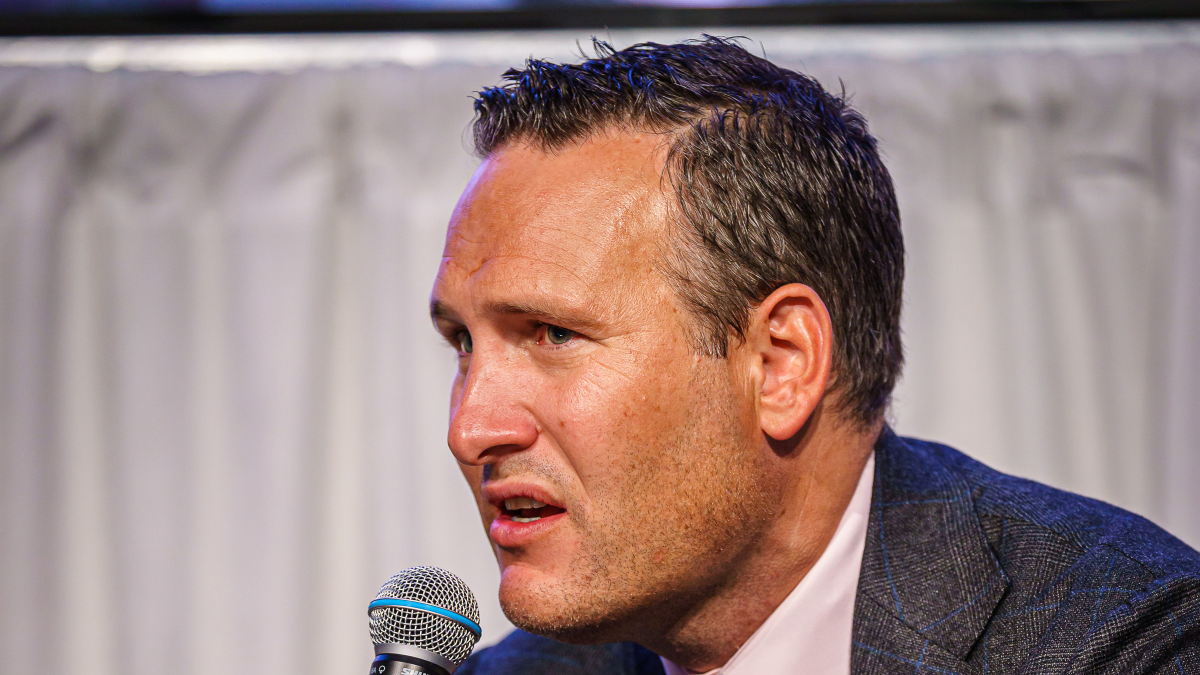
Large orderbook
When asked by Mr Vaagen to comment on whether there were any concerns about the large number of VLGCs on order, Mr Kalleklev said that while most would hit the water in 2023, the orderbook for 2024 was “very slim” and “zero” for 2025. He said newbuilding prices at South Korean shipyards were close to US$95M. “It’s difficult to order on speculation at these kinds of prices,” he said. “If you want to have a ship in 2025, you better get moving because those slots are being gobbled up by LNG carriers and container ships. I’m not too worried about it. It might be softer [in 2023] than 2022, but I’m pretty bullish about 2024 and 2025.”
“Europeans are looking for reliability, so they have to change sourcing”
As of mid-May, the global orderbook for VLGCs stood at about 20% of the current global fleet, with an additional 67 ships, equivalent to roughly 6M m3 of carrying capacity, expected to join the global fleet by the end of 2024.
Mr Lindeman said: “Ammonia is a big story” because there was none coming out of Ukraine, representing about 20% of seaborne trade, resulting in higher fertilser prices. Ammonia would have to be transported over longer distances, generating more tonne-mile demand. He said: “The big push” for green and blue ammonia was a positive for the future.
Mr Kalleklev concluded: “Oil prices are US$110, spot LNG is US$180 per barrel of oil equivalent and coal is extremely expensive. If you can’t afford LNG, you should be buying LPG because it’s much cheaper.” He added: “Being worried about demand today, it’s not on my top 10 list of worries. Of course, there are going to be people buying this. It’s cheap.”
Related to this Story
Events
Shuttle Tanker Webinar Week 2025
Cyber & Vessel Security Webinar Week
Container Shipping & Port Technology Webinar Week
LNG Shipping & Terminals Webinar Week 2025
© 2024 Riviera Maritime Media Ltd.

